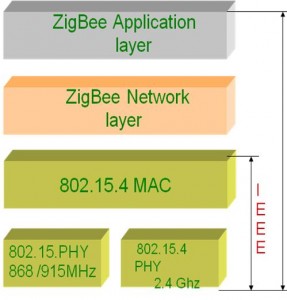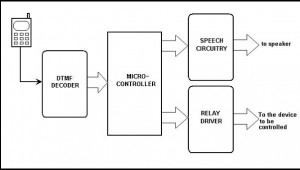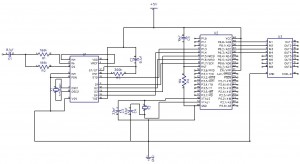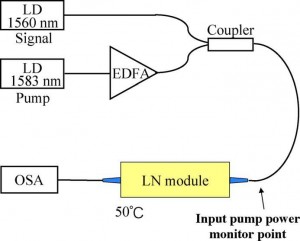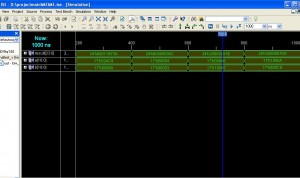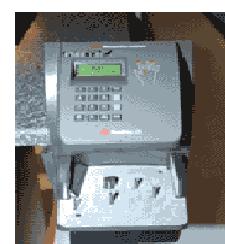The research paper Advanced Security Measures in a Wireless LAN Computer Seminar is about the Wireless Local Area Networks or WLANs and how they metamorphosed the arena of Computer Networking. The growing demand of mobile computing devices, such as laptops and personal digital assistants, and a subsequent demand for continual network connections without having to “plug in,” are heralding enterprise WLANs.
Benefits of WLAN: Network Managers are vouching for the benefits of WLAN. This research paper talks about the multiple benefits of WLAN. WLANs are extremely useful in a scenario that requires almost a frequent shift of working space, and other geographical and spatial barriers (that interfere with the smooth functioning of processes). WLANs provide the freedom of working without being tethered by wires. The research paper speaks of various technologies that help in accessing networked data.
These days, there are four types of Wireless networks, ranging from slow and inexpensive to fast and expensive. They are: WECA (Wireless Ethernet Compatibility Alliance) -WI-Fi, Bluetooth, IrDA (Infrared Direct Access) and HomeRF.
LAN Security: WLAN security, that has been traditional so far, includes the use of Service Set Identifiers (SSIDs), open or shared-key authentication, static WEP keys and optional Media Access Control (MAC) authentication. This combination offers a basic level of access control and privacy. But like any other security systems this one is not free from shortcomings. The research paper discusses these things in depth.
How WLAN is attacked: Eavesdropping, tampering, utilizing antennas, war driving, malicious association, blue drive attack and some more explained in the research paper show possible threat to WLAN.
Conclusion:
The research paper offers some brilliant security measures. It suggests to have a single access point controlled via secure operating system like Linux. It is suggested in the research paper to occasionally boot up and trap sections of traffic to look for any attack signatures. The user must connect via a VPN, the access point is secured so it cannot be reset, WEP is enabled, and access point is in a position that limits travel of the radio frequency outside of the premises.
Download Advanced Security Measures in a Wireless LAN CSE Computer Science Engineering B Tech/ BE Final Project Paper Presentation and Seminar PPT..

